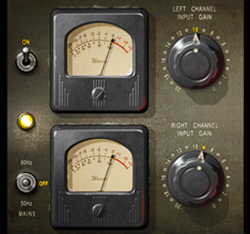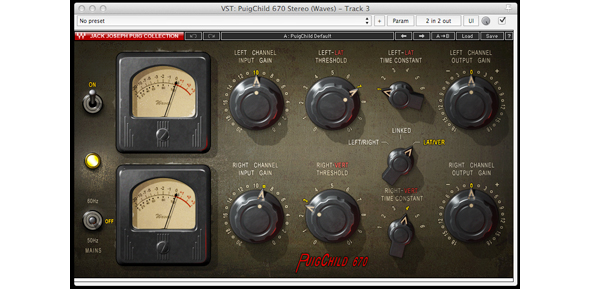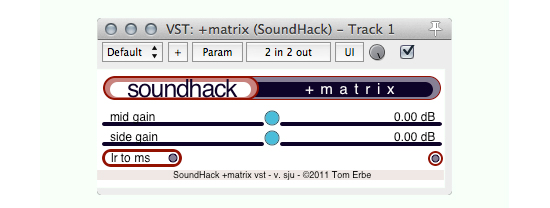In this article I’ll explain how I use mid-side (MS) processing on stereo sources for practical or creative effects.
Mid-Side?
Two channels of audio can be combined in a way that gives us control over what is the same in each signal, the middle, and what is different, the sides.
The middle is where the kick drum, snare, bass, vocals and a lot of other instruments are, the sides have any hard-panned instruments and spatial effects like reverb.
It can be pretty interesting to listen to music like this, there can be a lot hidden in the side channel.
MS is also a stereo microphone technique using a cardioid microphone facing the source and a bidirectional mic turned 90 degrees away just picking up ambience.
In this situation the two signals would need to be decoded into stereo. The side mic signal is duplicated, polarity inverted and the two side signals are then panned hard left and right. This is not a true stereo mic technique but can sound very nice. The balance of mid and side signals can be adjusted as needed by changing the level of the three tracks.
You can manually encode and decode stereo files to MS and use mono plugins to process mid or side individually. A lot more plugins have an MS mode now. Many of the modules in the T-Racks suite allow mid side processing, as does Ozone, a few compressors and equalizers and a distortion also come to mind.
You can do this for subtle or crazy effects, its a fun way to experiment with plugins and get some unique sounds.
Loud & Wide
For a recent mastering job I used a Fairchild compressor plugin in MS mode (Lat/Vert) to compress the middle and increase the level of the sides. I did this in parallel so I could blend the effect in easily. I was also using this to get a lot of extra loudness. You can call this parallel MS compression.
Compare –
The master without parallel MS compression: listen
With parallel MS compression: listen
With parallel compression soloed: listen
No More Messy Verb
Someone asked ma about clearing up the middle of a mix when using a lot of reverb. Using MS compression on the reverb return can work well. Compress the middle more than the sides and increase the side volume if you want more width.
Here is an example of that on some drums – Steven Slate playing in KONTAKT. The whole kit is sent into Valhalla Room. With the Fairchild after the reverb I’m lowering the middle by 2 dB and raising the sides by 2 dB.
Here is this effect with lots of reverb on the drums: listen
And now with MS compression on just the reverb bus: listen
There is NO compression on the drums themselves, I’m only compressing the reverb return and widening it.
Wacky Effects
Here is an example of what you can do with a stereo loop and any plug-in. This is a little more complicated, and only works if there are hard panned sounds.
The loop I started with had a hi-hat that wasn’t panned very hard – I copied it to a new track, filtered out all the lows, boosted some highs and then panned it hard left. Then I recorded the combined original and panned track to a new file.
Here is what I’m starting with: listen
Now that I had something on the sides I could mess around with MS processing.
The first thing you have to do is convert left-right to mid and side. I use the free +matrix MS decoder from SoundHack.com. After that I used a delay plugin to add some filtered echoes just to the middle by disabling the right side input.
In the next insert I used a distortion on just the right side. This brought out a lot more of the reverb than was heard in the original loop. Lastly, second MS decoder was used to bring it back to stereo.
Here is how the loop sounds now with delay in the middle and distortion on the sides: listen
Pretty cool right!? I hope you have found these tricks useful.
Jon Tidey is a Producer/Engineer who runs his own studio, EPIC Sounds, and enjoys writing about audio on his blog AudioGeekZine.com.























